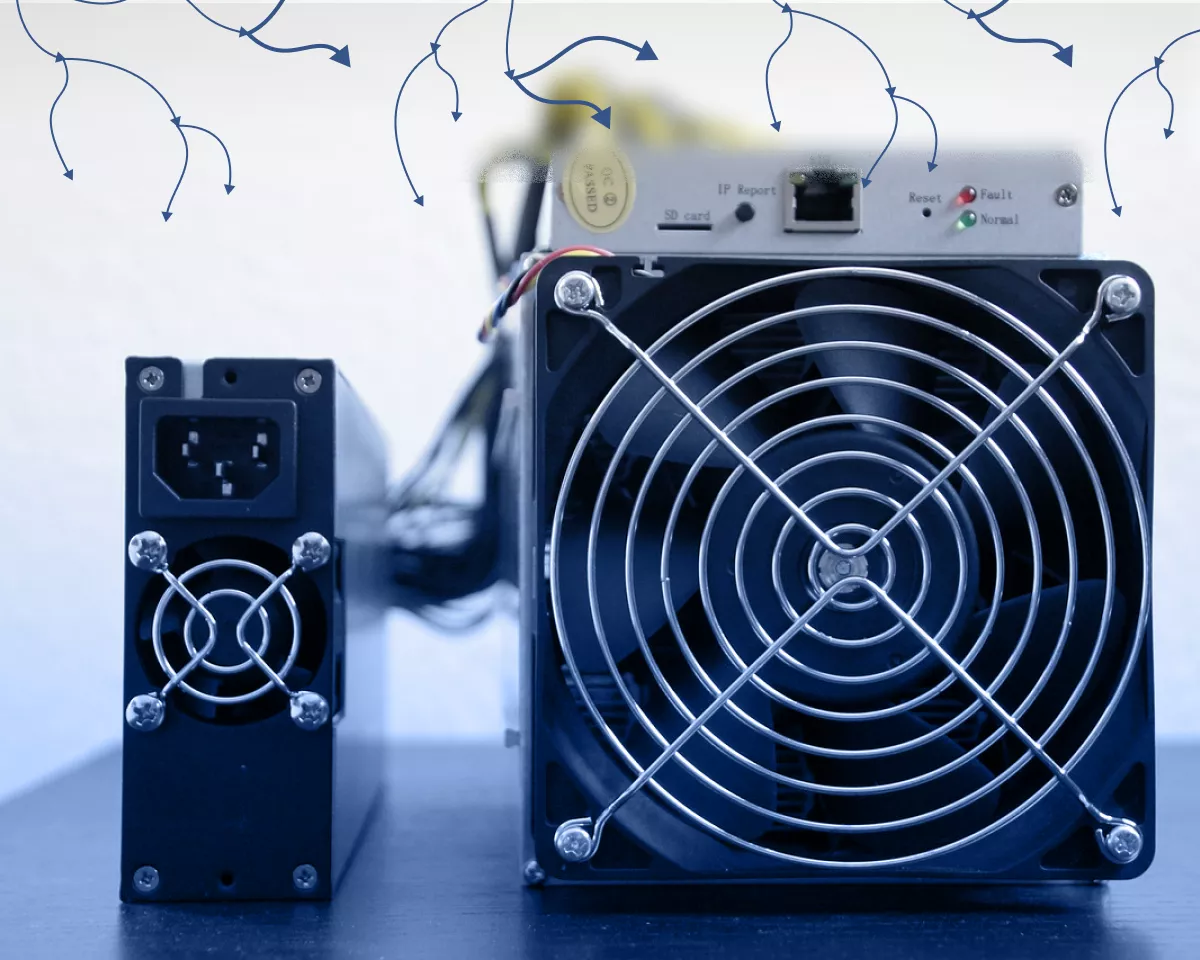
The post Early-Stage Web3 Projects Laying Groundwork For A Decentralized Internet Continue To Attract Capital appeared first on Coinpedia Fintech News
We are still years away from Web3 becoming mainstream, yet the investment landscape for Web3 is growing unabated. Venture capital funds and angel investors are becoming increasingly aware and less skeptical of this groundbreaking technology.
Per a report published by Cointelegraph Research, the total inflow of venture capital into the blockchain industry reached $14.67 billion during the second quarter of 2022 Web3. Of this total, Web3 startups bagged around 42% of all the capital chasing after individual deals. Underscoring this point, seven out of ten of the most active venture funds chose Web3 as their preferred investment avenue.
Additionally, new funds continue to sprout up to support Web3 growth, including a16z’s $4.5 billion fund for crypto, blockchain, and Web3 startups, Immutable’s $500 million to promote Web3 gaming adoption, and Felix Capital’s $600 million to build tools for crypto and Web3. Not to be left out, ABCDE Capital has allocated $400 million for Web3 developers, Binance Labs has earmarked $500 million to promote Web3 and blockchain technology, and crypto investment firm CoinFund has unveiled a $300 million fund to support early-stage blockchain funds.
Why Investors Are So Optimistic About Web3
This surge in Web3 investments has been driven by a growing number of mainstream brands’ desire to join the Metaverse. Globally-renowned brands like Nike, Adidas, Gap, and Gucci, to name a few, have already dipped their toes into Web3 and the Metaverse, thereby sparking investor interest.
It is critical to understand that in traditional equity-based investments, investors usually must wait for a liquidation event (ex: IPO) to cash out. Although there is a secondary market for buying and selling private stock and buy-outs from private investors are quite common, the entire process is unnecessarily complex and not considered liquid by many investors.
By contrast, most early-stage Web3 projects issue tokens to their investors. These tokens can be traded across exchanges at any time. Moreover, these tokens can also unlock added revenue via activities staking, yield farming, and liquidity mining – avenues that aren’t available from traditional investments.
The transparency aspect of these initiatives also stands out. Compared to Web2 projects and startups, Web3 projects maintain every record on-chain. Data is publicly available, meaning the project’s key metrics are more transparent than in Web2.
Furthermore, there’s the potential for unlocking new use cases that contribute toward the advancement of Web3 and the Metaverse. Take, for instance, the novel approach of enabling socialization via blockchain without any centralized control developed by Web3 startup Decentral Games. The platform single-handedly drives more than 60% of the existing traffic to the Decentraland metaverse, offering players the option to play casual and competitive poker games and earn in-game currencies, NFTs, and much more.
Web3 startup Snook proposes a slightly different angle for interaction by allowing players to experience a multiplayer Snake IO-themed game on the blockchain through a more radical application of NFTs. At present, NFTs are usually valued based on their rarity and driven by speculation and buzz.
On the other hand, Snook has implemented a concept wherein each NFT is directly valued based on the owner’s (player’s) individual skill level and achievements in the game. The platform recently launched its new game mode called the Big Boys Table (BBT) – a branded and token-gated infrastructure where brands can interact with their community, host events and tournaments, and customize their virtual rooms, among other things.
However, despite the inflow of venture capital and the emergence of new players in the Web3 space, the industry must overcome some fundamental problems before expanding further.
What Can Be Done Better?
For Web3 to truly be embraced by mainstream audiences, it needs to be as convenient and easy to use as existing Web2 services. There needs to be a solution that connects Web2 with Web3 and vice-versa, enabling a seamless transition for businesses and consumers to the changing standards of the internet.
Existing layer-1 blockchain technology is still missing several critical features to make this transition possible, making them mostly incompatible with Web2 applications and services. Despite billions of dollars flowing into the Web3 ecosystem, it’s hard to deny that layer-1 chains are sluggish and often struggle to connect the decentralized applications (dApps) built atop them to existing Web2 databases.
Accordingly, the transition from Web2 to Web3 won’t happen overnight. Even if dApp developers are building futuristic solutions, limited on-chain data isn’t enough to optimize these applications and protocols to meet Web2 standards and achieve mass adoption.
Existing solutions usually load the requested data in a trustless way in the underlying smart contract. This involves some sort of consensus across the network. As a result, the end-user or the smart contract doesn’t receive the requested data right away. Depending on the network congestion and the amount of data requested, this process can take hours, leading to a poor user experience.
One emerging solution that aims to fix this problem is Boba Network. The first multichain layer-2 blockchain, Boba provides unique functionality to help Web3 developers build out the dApps of the future. Using Boba’s Hybrid Compute, Web3 developers can call external APIs, execute the heavy computations on a separate backend (away from the mainnet), and receive the results back in one single atomic transaction. Put simply, the entire workload is handled by Boba Network’s smart contracts, leading to zero wait time for the end-user or the requesting smart contract.
Through this solution, Web3 developers can leverage the best features of both Web2 and Web3. They can build expansive DeFi applications and protocols, play-to-earn games, NFT solutions, and more by communicating with off-chain services using external Web2 APIs without adding extra traffic on the layer-1 chain or paying unnecessary gas.
Web3 is just getting started, and there’s still a lot of work to be done. Yet, the increased investor appetite for early-stage Web3 projects underscores the potential this nascent ecosystem will bring into the mainstream market in the future.

 2 years ago
174
2 years ago
174














 English (US) ·
English (US) ·